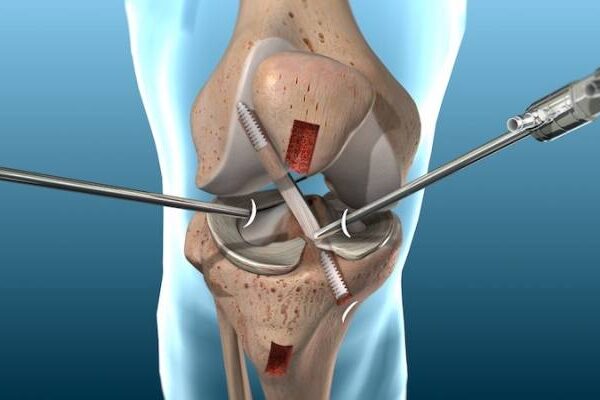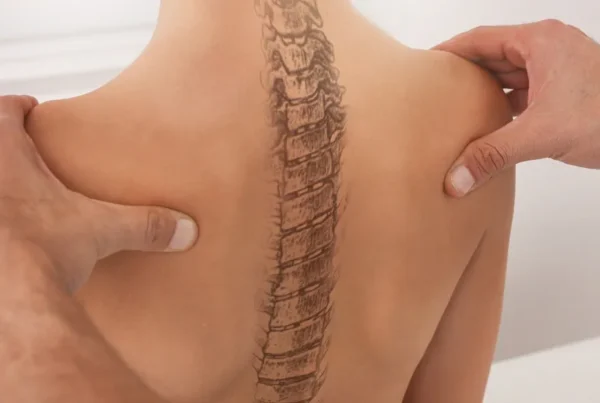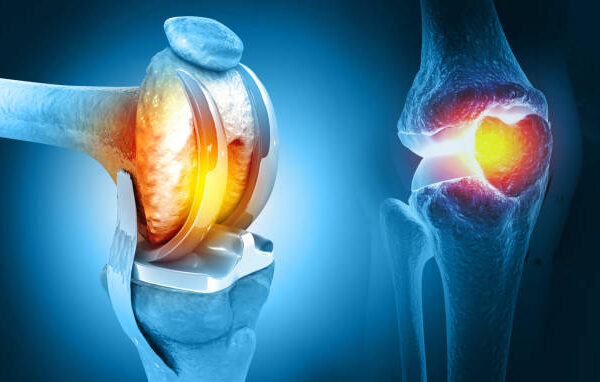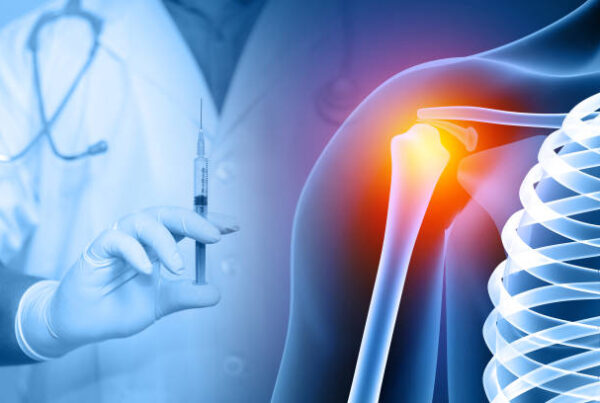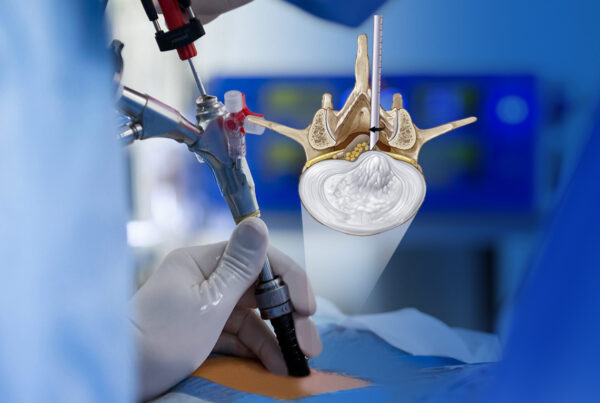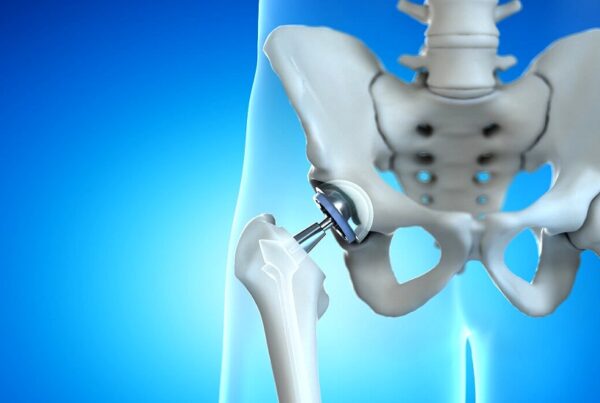Home » Scoliosis and Kyphosis Treatment
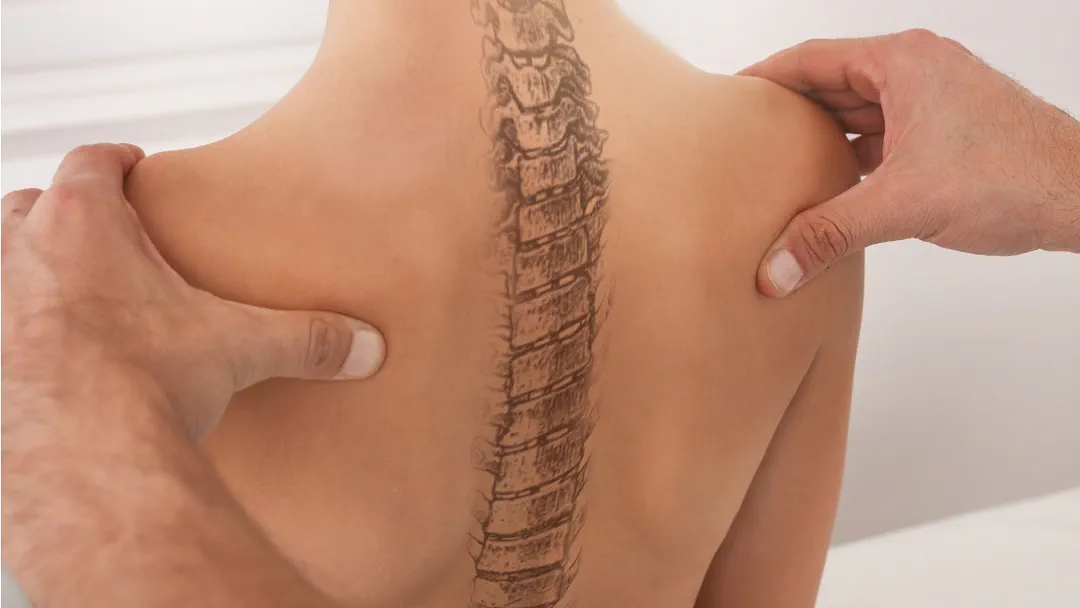
GET OFFER
Scoliosis and kyphosis are two of the most common spinal deformities that can affect people of all ages. Both conditions impact the alignment of the spine, potentially causing pain, functional limitations, and aesthetic concerns. Early diagnosis and appropriate treatment are key to managing these conditions effectively. Below, you’ll find an in-depth overview of scoliosis and kyphosis treatment approaches, followed by a Q&A section.
Scoliosis Treatment
Scoliosis refers to an abnormal lateral curvature of the spine, often resembling an “S” or “C” shape when viewed from the back. The condition can range from mild to severe, and treatment is tailored based on several factors, including the patient’s age, the degree of curvature, and the potential for progression.
1. Observation
- Mild curves (less than 20 degrees) are often monitored.
- Regular X-rays or physical exams are conducted every 6–12 months to track progression.
2. Bracing
- Used for growing children or adolescents with moderate curves (20–40 degrees).
- The goal is to prevent further curvature during growth spurts.
- Common braces include:
- Boston Brace
- Rigo-Chêneau Brace
- Worn for 18–23 hours a day for optimal effectiveness.
3. Physical Therapy
- Focused on strengthening core muscles and improving posture.
- Common methods include the Schroth Method, which involves targeted exercises to stabilize and reduce spinal curvature.
4. Surgical Intervention
- Recommended for severe curves (over 40–50 degrees) or those causing significant pain, breathing difficulties, or functional impairments.
- Spinal fusion is the most common surgical treatment, where metal rods and screws are used to align and stabilize the spine.
Kyphosis Treatment
Kyphosis is an excessive forward curvature of the thoracic spine, leading to a rounded or hunched back. It can be postural or structural and varies in severity.
1. Observation
- Mild postural kyphosis may not require treatment other than regular monitoring.
- Emphasis on posture correction through awareness and exercises.
2. Physical Therapy
- Targeted exercises to strengthen back and core muscles.
- Posture correction programs and techniques like the Alexander Technique or yoga can also be beneficial.
3. Bracing
- Effective for children or adolescents with structural kyphosis, such as Scheuermann’s kyphosis.
- Similar to scoliosis bracing, the goal is to prevent progression during growth.
4. Surgical Options
- Reserved for severe kyphosis causing pain, neurological symptoms, or functional impairments.
- Spinal fusion or vertebral column resection may be performed to restore alignment.
Innovative Treatments
- Minimally Invasive Surgery: Techniques like robotic-assisted spine surgery or endoscopic procedures reduce recovery time.
- Advanced Bracing Systems: Custom-fit braces made using 3D imaging for better comfort and efficacy.
- Regenerative Medicine: Ongoing research into stem cell therapies for potential non-surgical correction.
20 Questions & Answers on Scoliosis and Kyphosis Treatment
1. What is scoliosis?
Scoliosis is an abnormal sideways curvature of the spine that can range from mild to severe.
2. What is kyphosis?
Kyphosis is a forward rounding of the back, often causing a hunched appearance.
3. What causes scoliosis?
Most cases are idiopathic (unknown cause), but it can also result from congenital anomalies, neuromuscular conditions, or degenerative diseases.
4. How is kyphosis diagnosed?
Through physical examination, X-rays, and sometimes MRI or CT scans to determine the curvature’s severity.
5. Can scoliosis or kyphosis cause pain?
Yes, both conditions can cause back pain, particularly in moderate to severe cases.
6. Is bracing effective for scoliosis?
Bracing can effectively prevent progression in growing children with moderate scoliosis.
7. How long do scoliosis braces need to be worn?
Braces are typically worn 18–23 hours a day during growth periods.
8. What is the Schroth Method?
It is a physical therapy technique using exercises tailored to the individual’s spinal curve to reduce curvature and improve posture.
9. Are there non-surgical options for adults with scoliosis?
Yes, physical therapy, pain management, and sometimes bracing are used for symptom relief in adults.
10. When is surgery necessary for scoliosis?
Surgery is recommended for severe curves (over 40–50 degrees) or those causing significant symptoms.
11. Can kyphosis improve with exercises?
Postural kyphosis often improves with targeted exercises, while structural kyphosis may require more advanced treatments.
12. What are the risks of spinal fusion surgery?
Risks include infection, nerve damage, hardware failure, and the possibility of residual pain or stiffness.
13. Can scoliosis be prevented?
Idiopathic scoliosis cannot be prevented, but early detection can prevent severe progression.
14. What is Scheuermann’s kyphosis?
It is a structural form of kyphosis caused by wedge-shaped vertebrae, commonly diagnosed during adolescence.
15. How is postural kyphosis different from structural kyphosis?
Postural kyphosis is caused by poor posture and is reversible, while structural kyphosis involves vertebral deformities.
16. Are chiropractic adjustments effective for scoliosis?
Chiropractic care may relieve symptoms but does not correct spinal curvature.
17. What is the recovery time for spinal surgery?
Full recovery can take 6–12 months, depending on the type of surgery and the patient’s age and health.
18. Can scoliosis or kyphosis affect breathing?
Yes, severe cases can compress the lungs, reducing respiratory efficiency.
19. What role does genetics play in scoliosis?
There is a genetic predisposition, but the exact mechanism is not fully understood.
20. Can scoliosis worsen in adulthood?
Yes, especially if left untreated, degenerative changes in the spine can cause progression over time.





